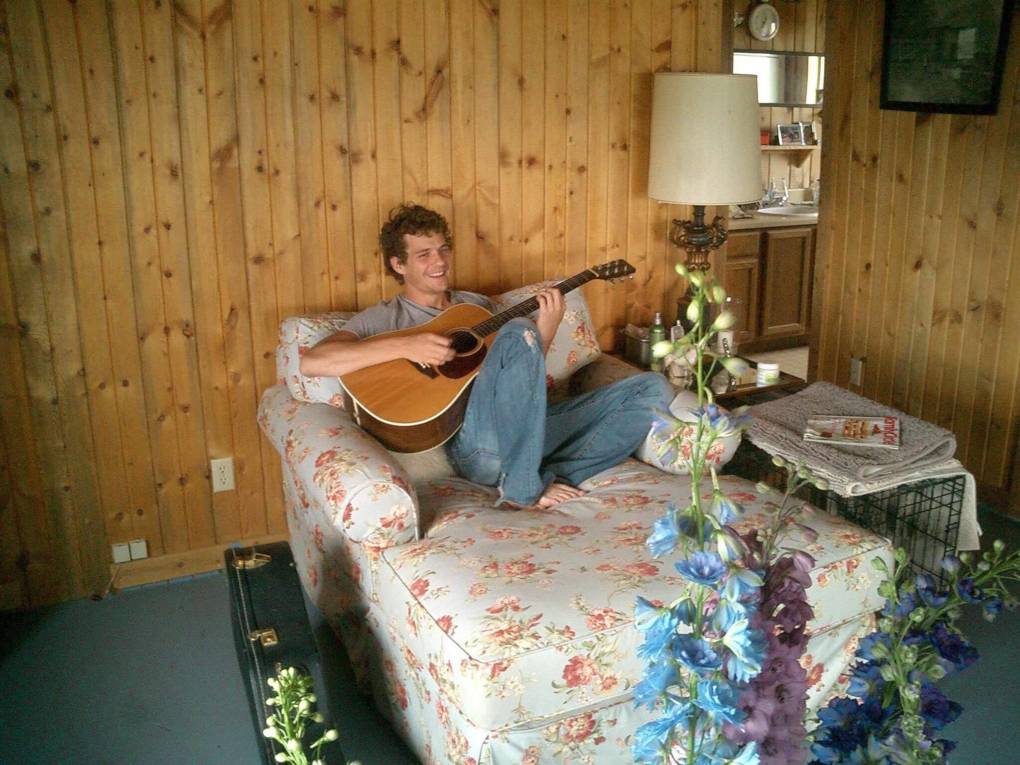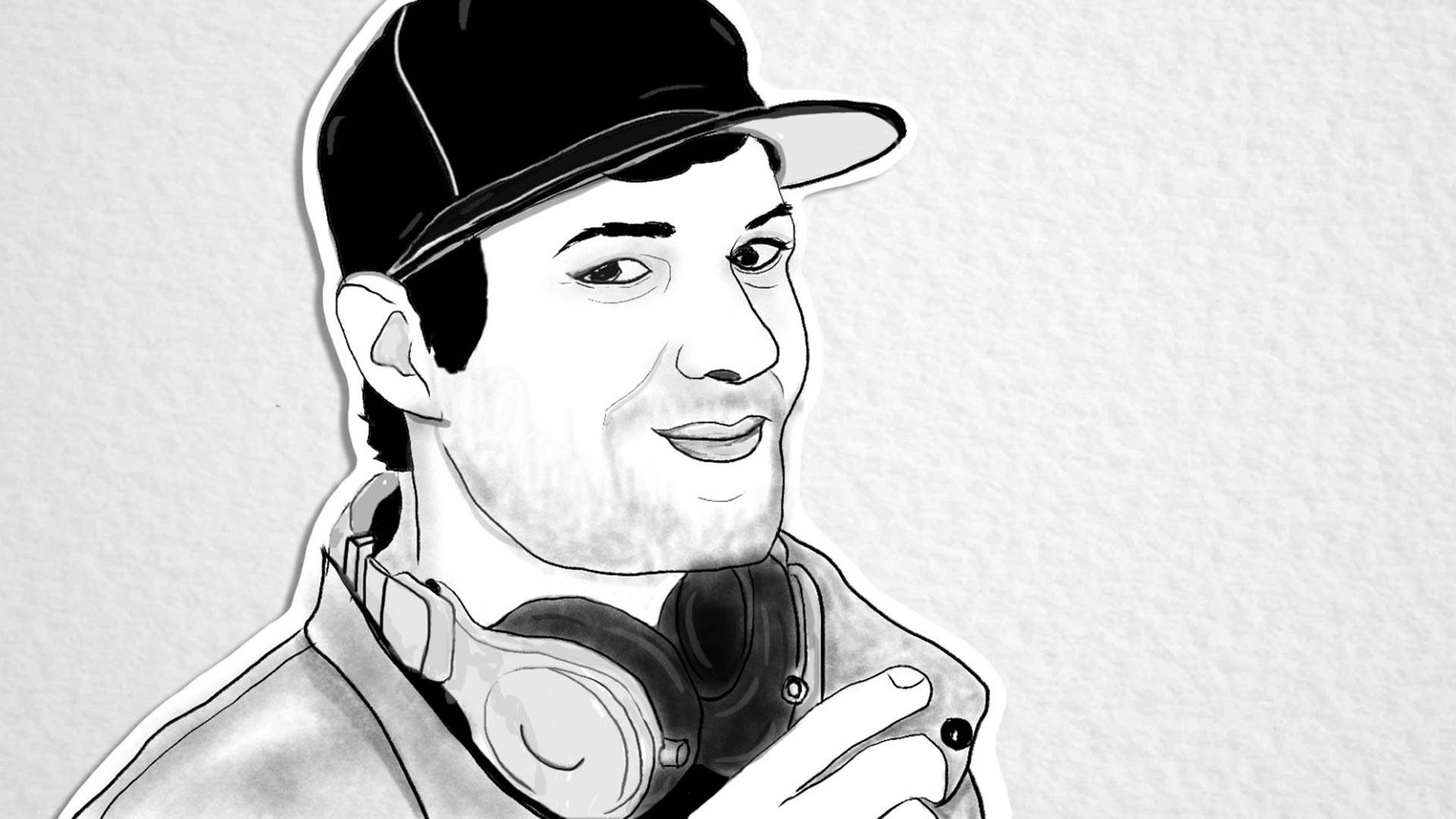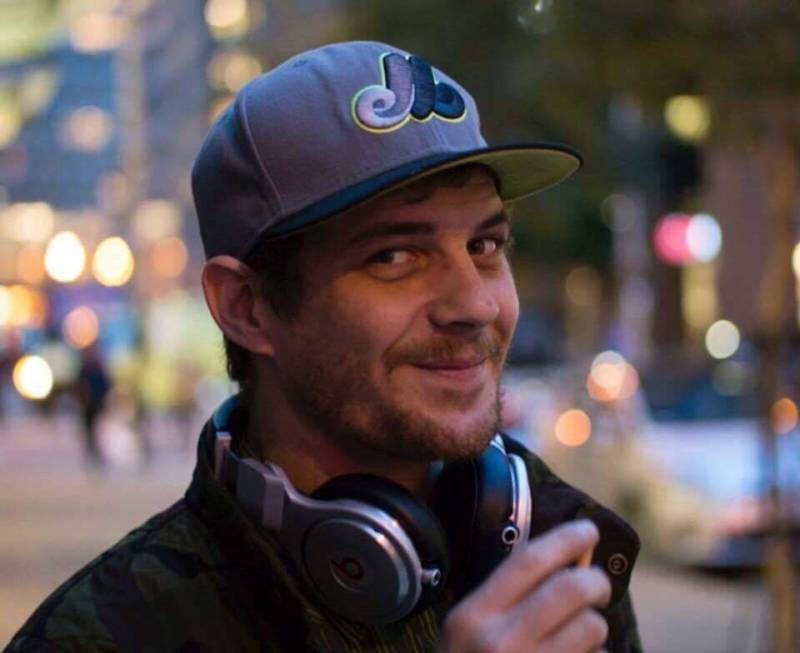Guitarist and electronic musician Billy Dixon told friends he was studying microbiology in college because he wanted to create tiny dolphins and whales to put in fish tanks. “We laughed a lot because it was a joke,” says Robert St John Price, a friend of Dixon’s of about 15 years. “But deep down I’m certain he was being 100-percent serious.”

That was who Dixon was — a quirky, 35-year-old who was one part entertainer and one part mad scientist. When making music on computers became widely accessible, Dixon was all over it. And his creations had a distinctive sound. He never did create tiny dolphins. But wherever he was, Dixon sought out spaces where he could create.
“He had the amazing ability to hole away for entire nights without any social interaction in his recording studio or electronic workshop he stuffed into the giant spare closet,” Price says.
When Dixon was 19, he and his friend Jonny Gunton would drive to an apartment in East Cleveland between jobs to work on making a hip-hop record. Dixon took on the beat and Gunton was on vocals. “Being 19 was weird,” Gunton says. They were both just trying to figure life out. Music was their vent.
When Gunton first got to really know Dixon, they were both taking guitar classes at a local church in Ohio. “I remember being like ‘Wow, he’s really good,'” Gunton says. “And he didn’t even have to try that hard.”




